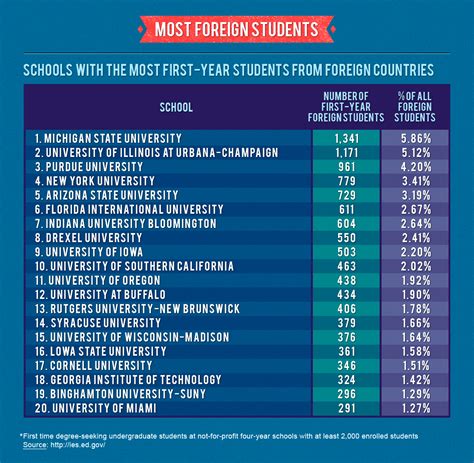Defining Out-of-State and International Students

In the context of higher education in the United States, the terms “out-of-state students” and “international students” refer to distinct categories of students based on their residency status.
-
Out-of-State Students: Students who are not legal residents of the state in which their university is located are considered out-of-state students. They typically pay higher tuition and fees than in-state students.
-
International Students: Students who are not citizens or permanent residents of the United States are considered international students. They must meet stricter admission requirements than domestic students and typically face higher tuition and living expenses.
Residency Status for Out-of-State Students
In most cases, out-of-state students are individuals who have not established legal residency in the state where their university is located. To establish residency, they must typically provide evidence of:
- Physical presence in the state for at least 12 months
- Permanent address
- Declaration of intent to remain in the state
- Driver’s license
- Voter registration
If out-of-state students fail to meet these residency requirements, they will continue to be classified as non-residents and pay higher tuition and fees.
Distinctions between Out-of-State and International Students
While both out-of-state and international students come from outside the state where they attend university, there are several key distinctions between the two categories:
| Feature | Out-of-State Students | International Students |
|---|---|---|
| Residency Status | Non-residents of the state | Not citizens or permanent residents of the US |
| Tuition and Fees | Higher than in-state students | Typically higher than domestic students |
| Admission Requirements | Similar to in-state students | Stricter admission standards |
| Visa Status | Not applicable | Required (F-1 or J-1) |
| Immigration Status | Legal residents of the US | Non-immigrants |
Out-of-State vs. International Student Status
General Rule: Out-of-state students are not considered international students. They are granted in-state residency status after meeting the established requirements.
Exceptions:
- Some universities may consider out-of-state students who are not US citizens or permanent residents as international students for certain purposes, such as visa sponsorship.
- Out-of-state students who come from countries with which the US has special agreements, such as the Compact for College Success, may have access to in-state tuition and other benefits.
Consequences of International Student Status
If an out-of-state student is classified as an international student, they may face the following consequences:
- Higher tuition and fees
- Stricter admission requirements
- Need for a visa and travel authorization
- Restrictions on work opportunities
- Limited eligibility for financial aid
Verifying Residency Status
To accurately determine whether an out-of-state student should be considered an international student, universities typically conduct a residency verification process. This process involves examining a student’s documentation and establishing their legal residency status.
Implications for Admissions and Financial Aid
Understanding the distinction between out-of-state students and international students is crucial for both admissions and financial aid purposes. Out-of-state students who meet residency requirements are eligible for in-state tuition and may qualify for state-based financial aid programs. International students, on the other hand, must meet stricter admission standards and are ineligible for federal and most state financial aid programs.
Conclusion
In the realm of higher education, out-of-state students are distinct from international students based on their residency status. Out-of-state students are non-residents of the state where they attend university, while international students are non-citizens or permanent residents of the United States. By understanding the key factors that differentiate these categories, students and administrators can ensure accurate classification and access to relevant opportunities and support.
